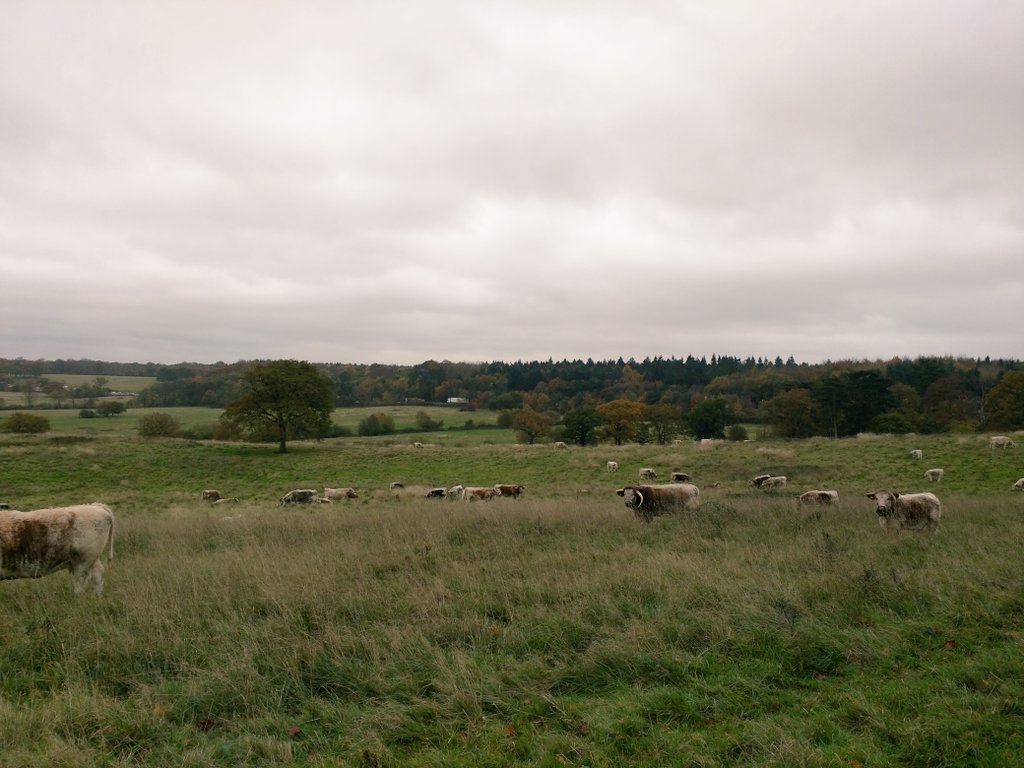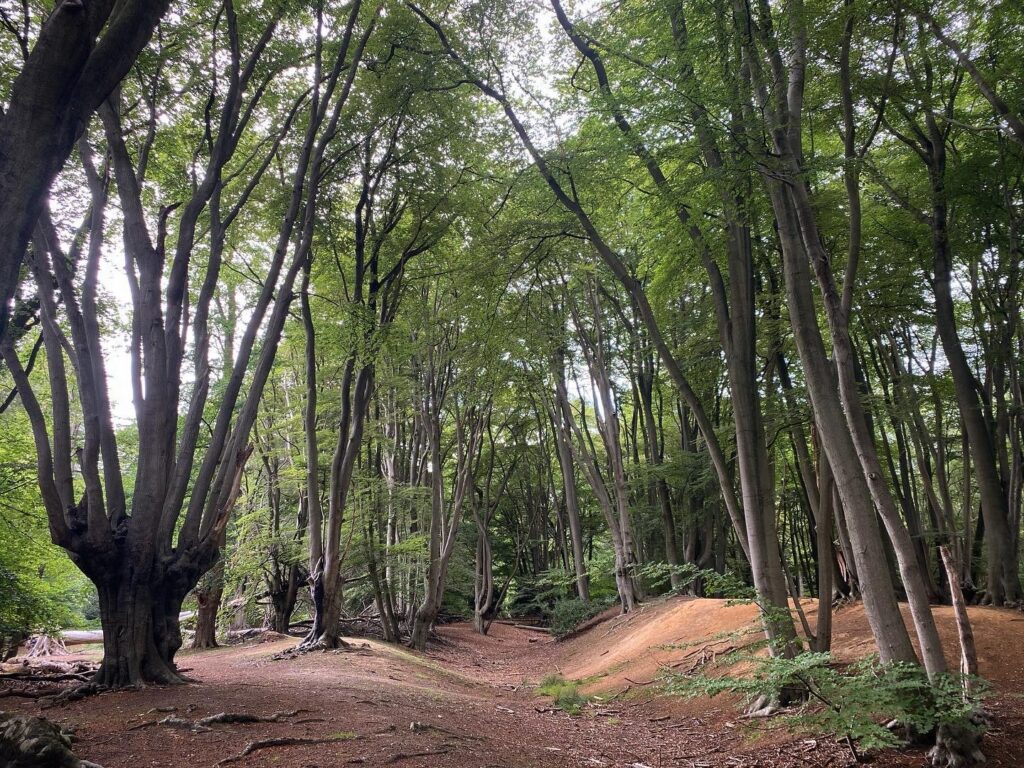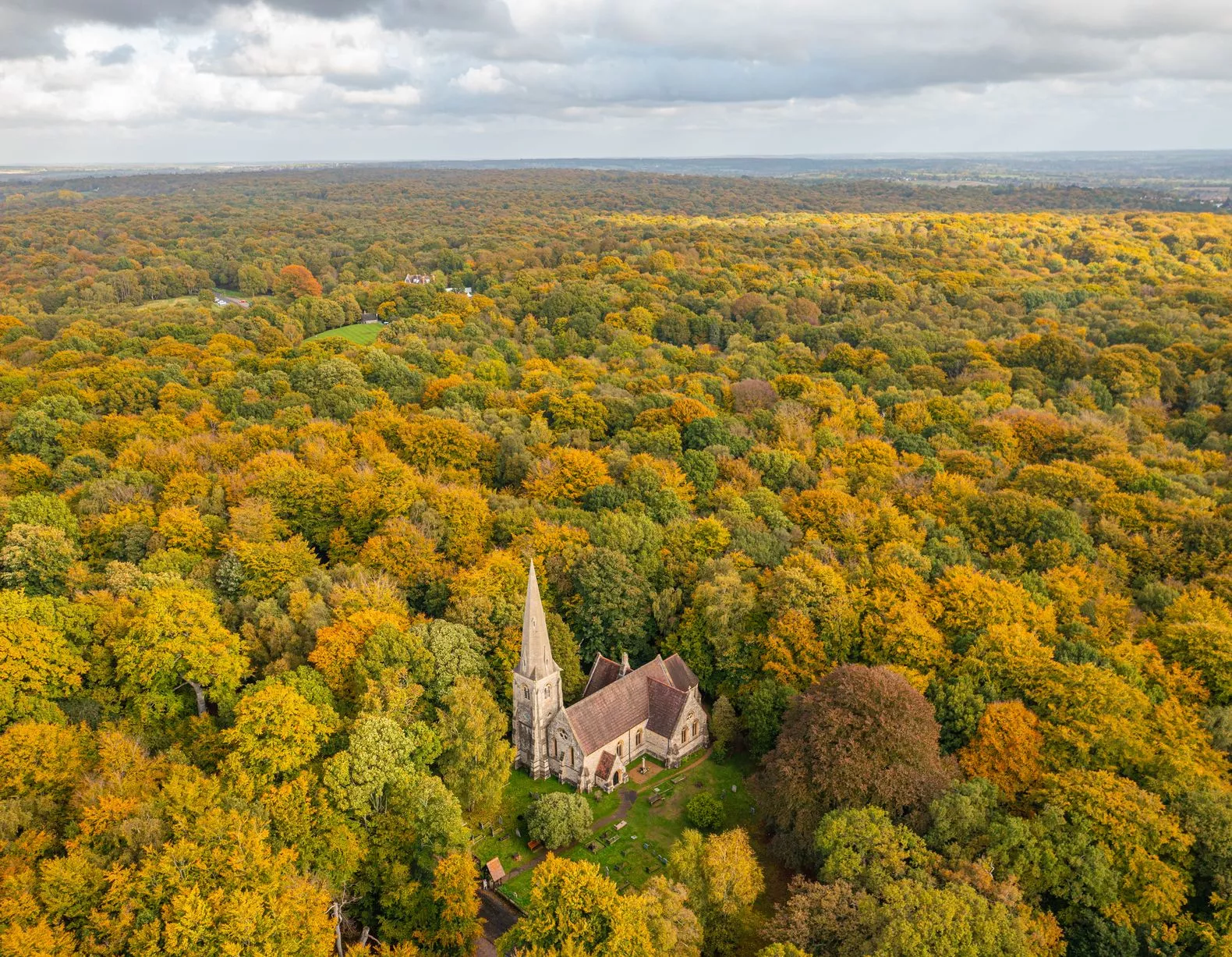It is with enormous pleasure I can share the news that Epping Forest has successfully won a grant totalling £2,351,000 from the Department for Environment, Food and Rural Affairs through their Countryside Stewardship Scheme.
The grant will be paid in instalments over 10 years and will run alongside another grant of £2,027,000 Epping Forest secured in 2020. Together these grants cover habitat restoration across much of the Forest’s footprint and show a UK government investment of £4,378,000 between 2020 and 2033.
The latest grant will allow Epping Forest’s conservation team to:
- Manage and restore 139 hectares / 345 acres of wood pasture
- Conserve 481 veteran trees
- Manage 60 hectares / 150 acres of grassland
- Care for two scheduled monuments – Ambresbury Banks and sections of the Purlieu Bank
- Manage 12 hectares / 30 acres of heathland
- Support our conservation grazing programme
- Commission Epping Forest Field Studies Council to run more education sessions to tell young people about the conservation work we do with grazing
The work will compliment the already in-flight package of conservation activities including:
- Managing and restoring 222 hectares / 550 acres of wood pasture
- Conserve 2,182 veteran trees
- Protecting our rare Zygodon forsteri moss, in one of its 3 national locations
- Manage 21 hectares / 52 acres of grassland
- Care for Loughton Camp scheduled monument
- Manage 10 hectares / 25 acres of heathland
- Supporting our conservation grazing programme

As many of you will know, two-thirds of Epping Forest is classified as a Site of Special Scientific Interest (SSSI) because it has so many special environmental features. Natural England, as the regulatory body overseeing SSSIs, assesses the condition of these features. Their current breakdown shows that only 26% of Epping Forest’s SSSI land is in a ‘Favourable’ condition. The other 74% requires careful intervention from our expert conservation team to make improvements. 57% is categorised as ‘Unfavourable-Recovering’, 14% is ‘Unfavourable – No Change’ and 2% is ‘Unfavourable – Declining’.
In Natural England’s presentation to the Epping Forest and Commons Committee in January, they warned of challenges like air pollution, invasive species, and climate change impacting the Forest. They emphasised the need for ongoing habitat management, improving data collection and surveys, and building partnerships beyond the Forest’s boarders to address these challenges, in addition to the commitments built into Local Plans of neighbouring local authorities.
This new funding should enable us to get the majority of Epping Forest SSSI to ‘Favourable’ condition. It will also help us improve biodiversity and will build climate resilience and adaptation.
These applications have taken years of hard work by many hands to come to fruition. I would particularly like to congratulate Sally, Andy, Martina, Jodie and John in our team, in addition to support from Historic England and Natural England.
These projects will be delivered collaboratively across the Epping Forest Conservation team, specialist external contracts and local volunteer groups, in accordance with the widely consulted upon plans.
You can follow the progress we are making via Epping Forest’s social media – Facebook, X/Twitter or via their website.
Our first post is about work carried out in Staples Hill and Woodberry Hollow in Loughton. Full detailed available via our Storymap here.


Will this be used for the ponds and lakes drying up in Wanstead Park which is harming bird life?
Hello there, no the countryside stewardship grant is used for specific habitat restoration works. However, we do have about £1.5m set aside for projects to improve water security in Wanstead Park. Sadly, the admin takes an age, but we hope by next Winter, there will be a change in the waterscapes appearance because of the various measures we are taking.